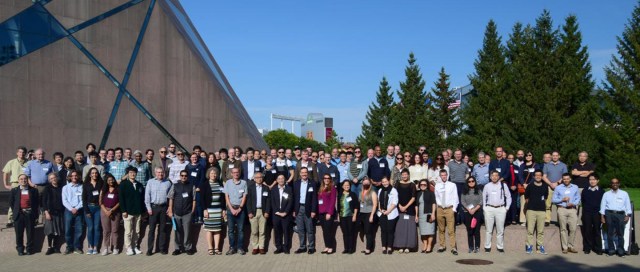During a recent meeting, Will McCarty discussed the importance of the Advanced Observational System (AOS) as a critical component of the Earth System Observatory, as recommended in the 2017 Decadal Survey. AOS aims to provide transformative observations that are essential for understanding the interconnected processes of aerosols, clouds, and precipitation that have significant impacts on weather, climate, and air quality.
Currently, there are two AOS projects in development: AOS-Storm and AOS-Sky. The first project is set to launch in the late 2020s and will include a Ku Doppler radar, microwave radiometers, and backscatter lidar in a 55° inclined orbit. The second project, AOS-Sky, is scheduled for launch in the early 2030s and will include cloud-profiling Doppler radar, backscatter lidar, microwave radiometer, polarimeter, far infrared (IR) radiometer, and aerosol and moisture limb sounders in a polar orbit.
It’s worth noting that while this information reflects what was discussed during the meeting, AOS is undergoing changes that will be updated on the website at a later date.


